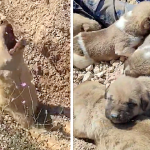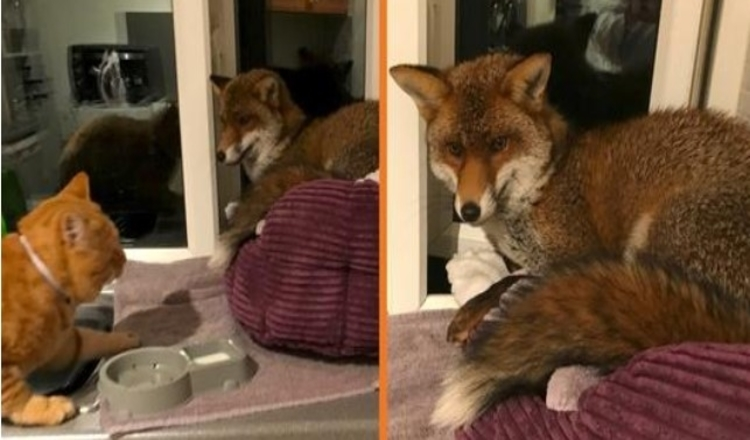
Someday, George the ginger cat got here dwelling after a stroll to seek out an uninvited visitor who had taken over his mattress, writes KingdomsTV.
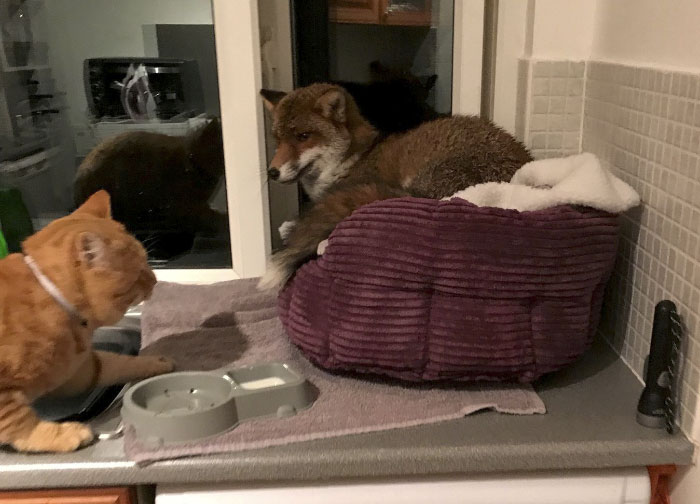
“After I got here downstairs and walked previous the kitchen into the toilet, I did a double-take as within the kitchen window I may see a pair of giant ears,” mentioned George’s proprietor, 47-year-old Meloney Blayze.
“I assumed, ‘hmm, these aren’t the cat’s ears’, and I turned the sunshine on to take a look at what was within the cat’s mattress – and it was a pink fox.”
Meloney awoke at 4 am to let George out into the backyard, and it looks like the wild animal snuck in after she went again to mattress.
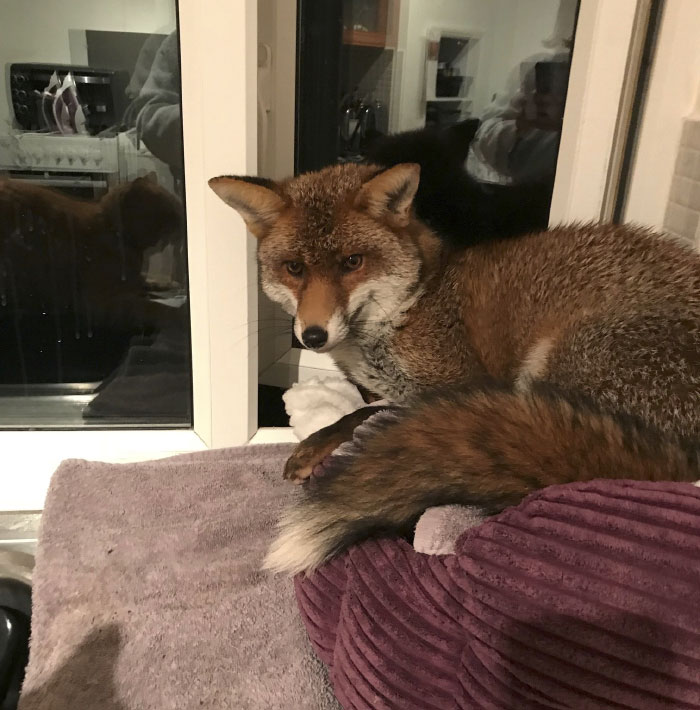
When Meloney returned within the morning, she found that the wild fox had made itself snug on George’s mattress. Though George the cat tried to scare the fox away by hissing at it, the fox refused to go away till Meloney picked up the mattress and tipped it out of the window.
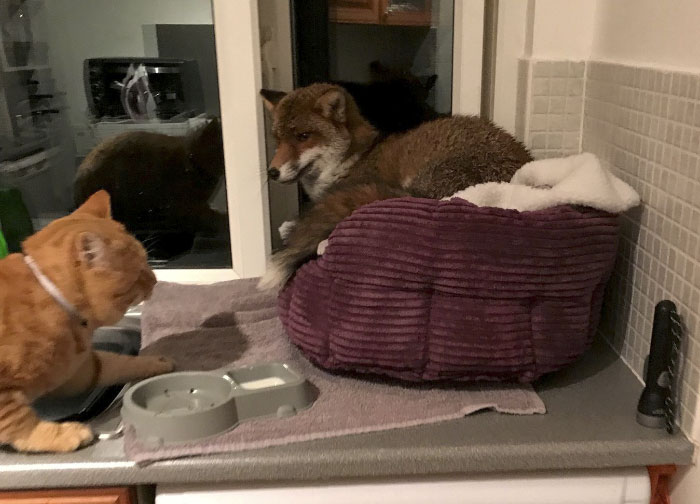
“He behaved very tamely and didn’t need to go away,” Meloney said, “as if he have been one other long-time member of the household who was confused about what all of the commotion was about.”
“After I checked out him and he checked out me, he wasn’t terrified of me in any respect,” she recalled.
What five characteristics do all animals have in common?
What five characteristics do all animals have in common?
In the following slides, we’ll explore the basic characteristics shared by all (or at least most) animals, from snails and zebras to mongooses and sea anemones: multicellularity, eukaryotic cell structure, specialized tissues, sexual reproduction, a blastula stage of development, motility, heterotrophy and possession …
What characteristics do all animals have in common quizlet?
The six characteristics that all organisms in the animal kingdom share are: they are multicellular, almost all can move, their cells have no cell wall, they have to hunt for their own food (consumers), they are eukaryotic, reproduce sexually-when two cells join to form off spring and their cells lack chloroplasts.
What 4 characteristics do all animals share?
Most animals share these characteristics: sensory organs, movement, and internal digestion. All of them are illustrated in Figure below. Animals can detect environmental stimuli, such as light, sound, and touch. Stimuli are detected by sensory nerve cells.
What are the 7 characteristics of all animals?
- 1 Nutrition. Living things take in materials from their surroundings that they use for growth or to provide energy.
- 2 Respiration.
- 3 Movement.
- 4 Excretion.
- 5 Growth.
- 6 Reproduction.
- 7 Sensitivity.
What are the 6 characteristics common to all animals?
They are as follows:
- All animals are made up of cells that do not have cell walls.
- All animals are multicellular organisms.
- Most animals reproduce sexually.
- All animals are capable of self-propelled motion at some point in their lives.
- All animals are heterotrophic and must consume other organisms for energy.
What protein do all animals have in common?
The exctracellular protein collagen (making the most abundant extracellular protein in animals) which is required in multicellular organisms to keep the cells together, which is exclusive to animals. Most enzymes responsible for metabolic pathways.
What are the 3 characteristics of animals?
Characteristics of Animals
- Animals are multicellular organisms.
- Animals are eukaryotic.
- Animals are heterotrophic.
- Animals are generally motile.
- Animals possess specialized sensory organs such as eyes, ears, nose, skin, and tongue.
- Animals reproduce sexually.
What are the basic characteristics of all animals?
In the following slides, we’ll explore the basic characteristics shared by all (or at least most) animals, from snails and zebras to mongooses and sea anemones: multicellularity, eukaryotic cell structure, specialized tissues, sexual reproduction, a blastula stage of development, motility, heterotrophy and possession of an advanced nervous system.
What do all animals have in common with each other?
Sexual reproduction is another characteristic shared by most, but not all, animals. Regardless of species, all animals share multicellularity, which means their bodies consist of multiple cells. This sets animals apart from organisms, such as single-celled algae, fungi, bacteria and other basic life forms.
What do plants and animals have in common?
Most plants are also multicellular, so although this is a characteristic shared by all animals, it is not one unique to animals.Every animal on the planet is a eukaryote. A eukaryote is an organism that consists of cells that have membrane-bound nuclei and organelles.
What are the characteristics of the animal kingdom?
All animals are eukaryotic, multicellular organisms, and most animals have complex tissue structure with differentiated and specialized tissue. Animals are heterotrophs; they must consume living or dead organisms since they cannot synthesize their own food and can be carnivores, herbivores, omnivores, or parasites.


